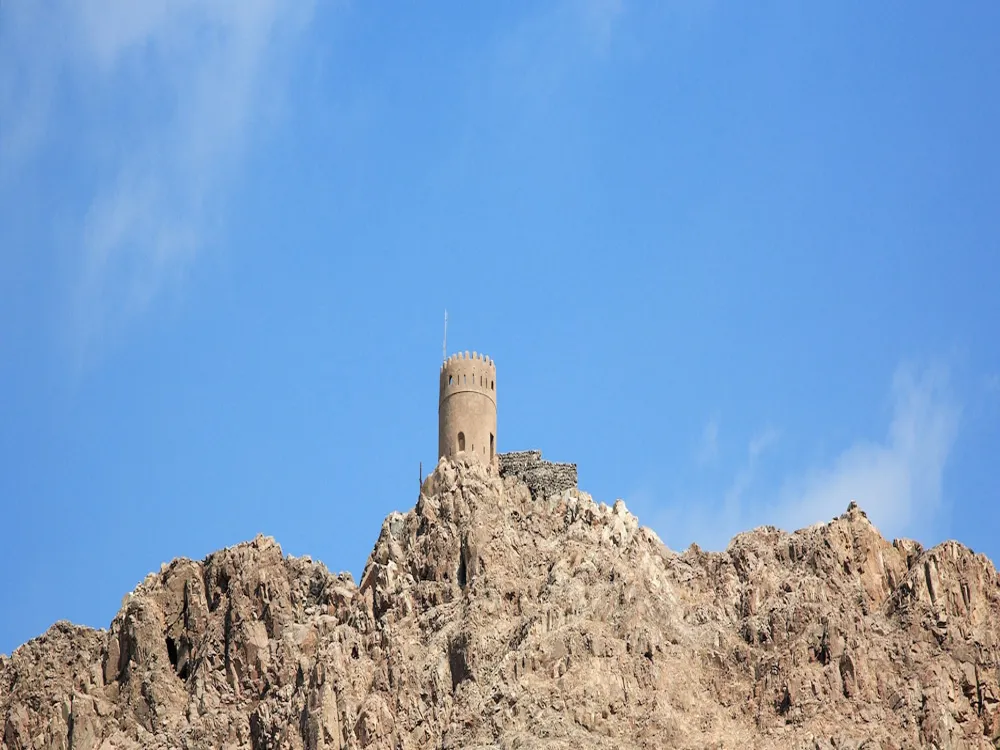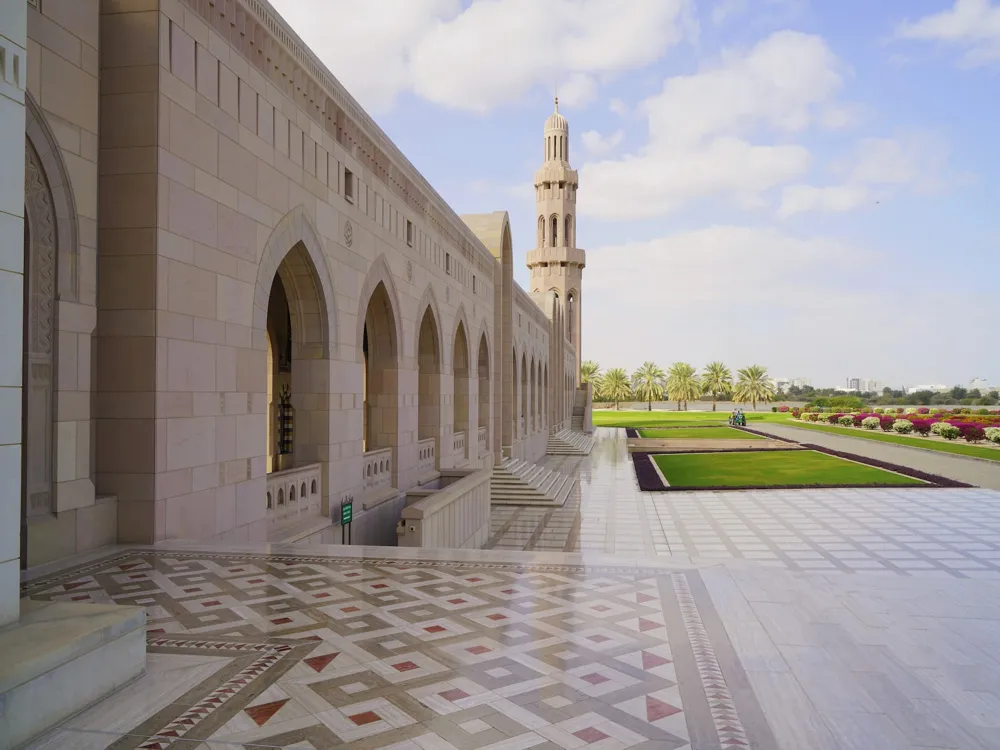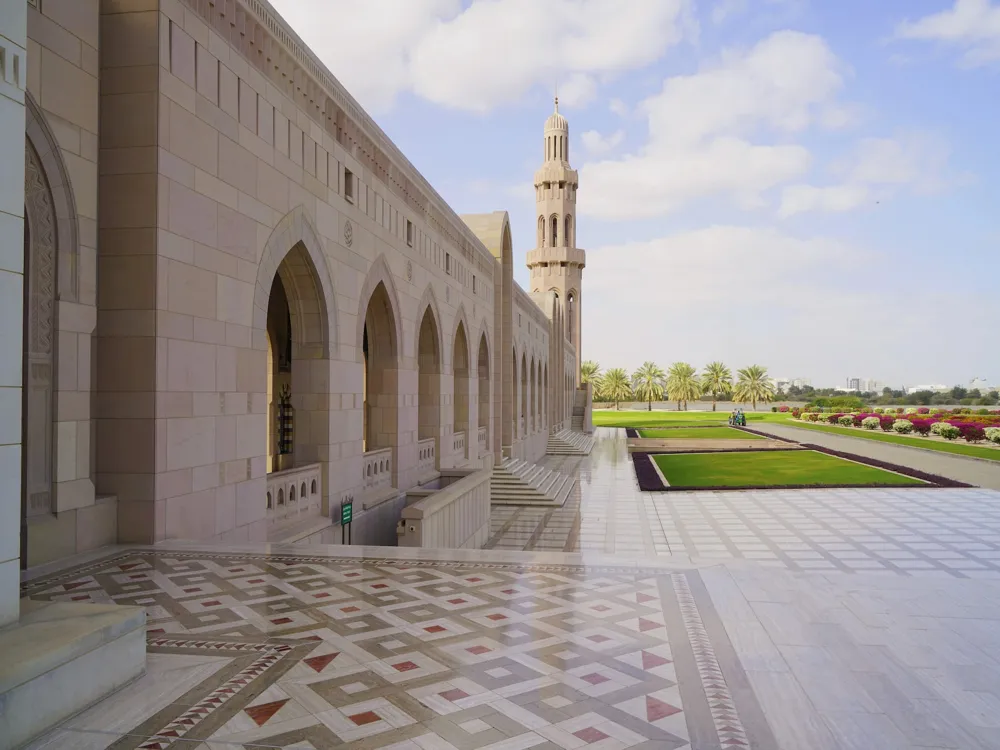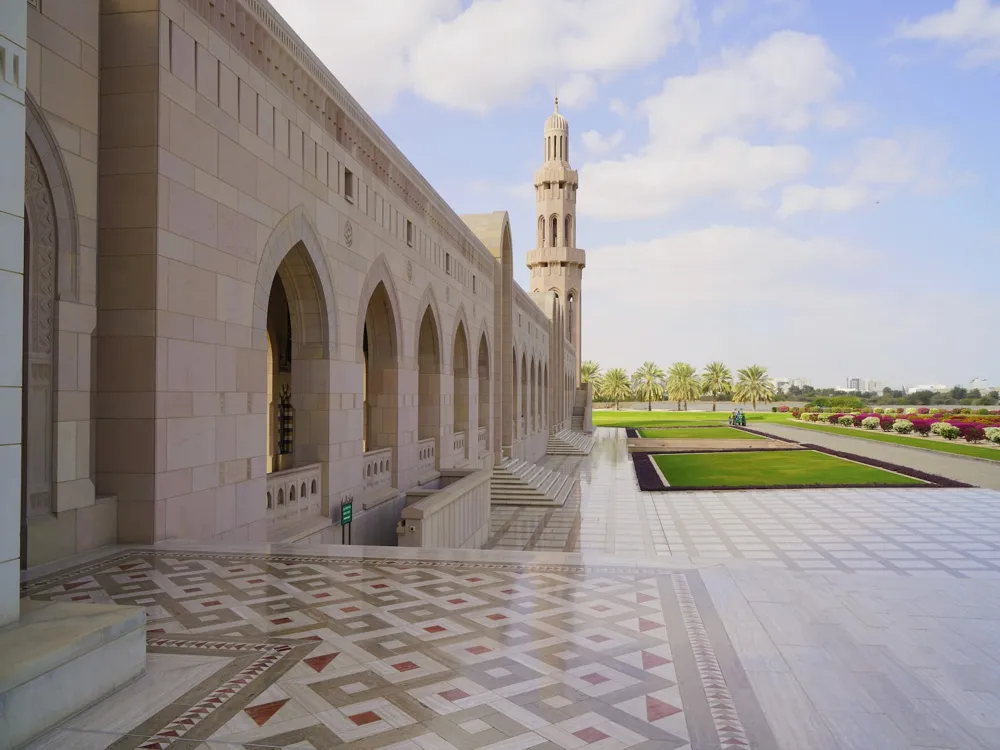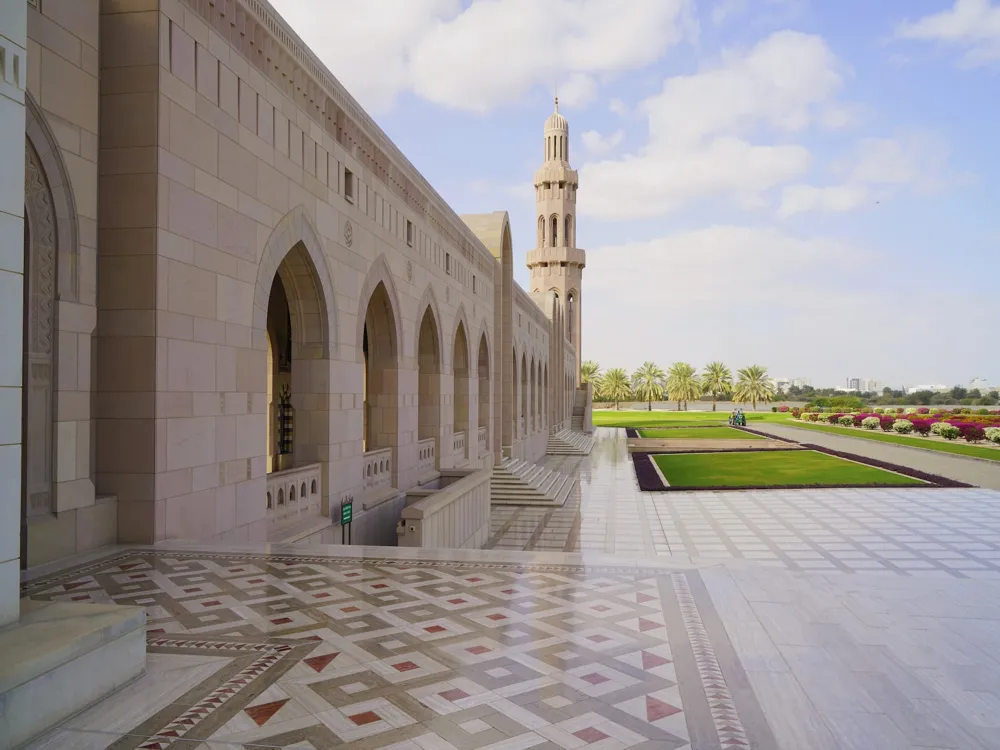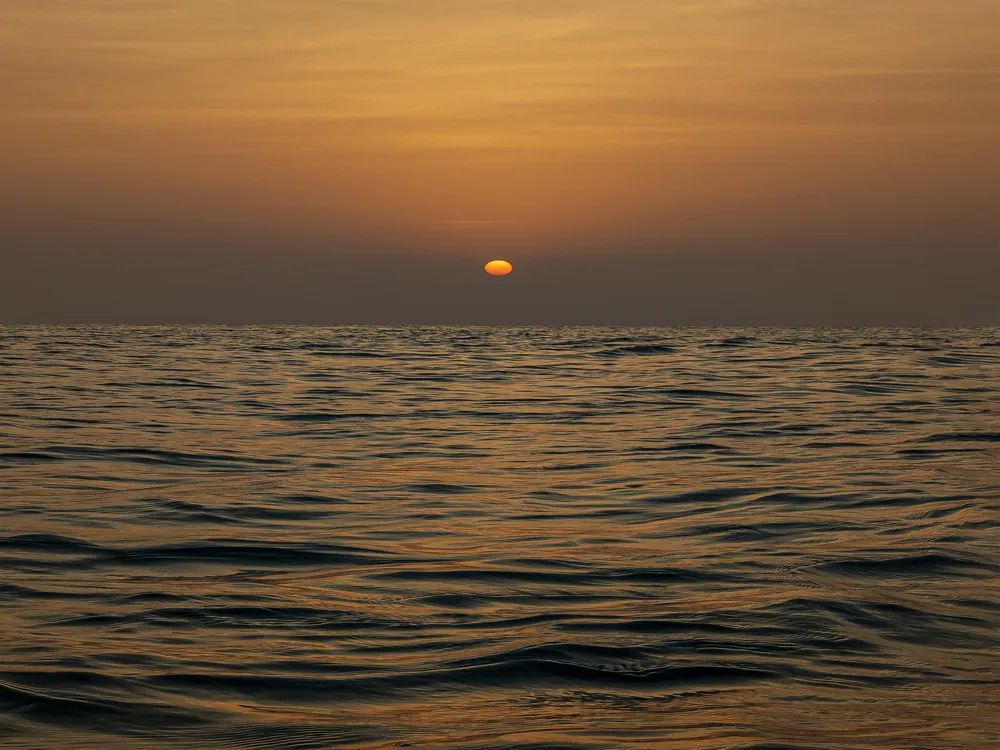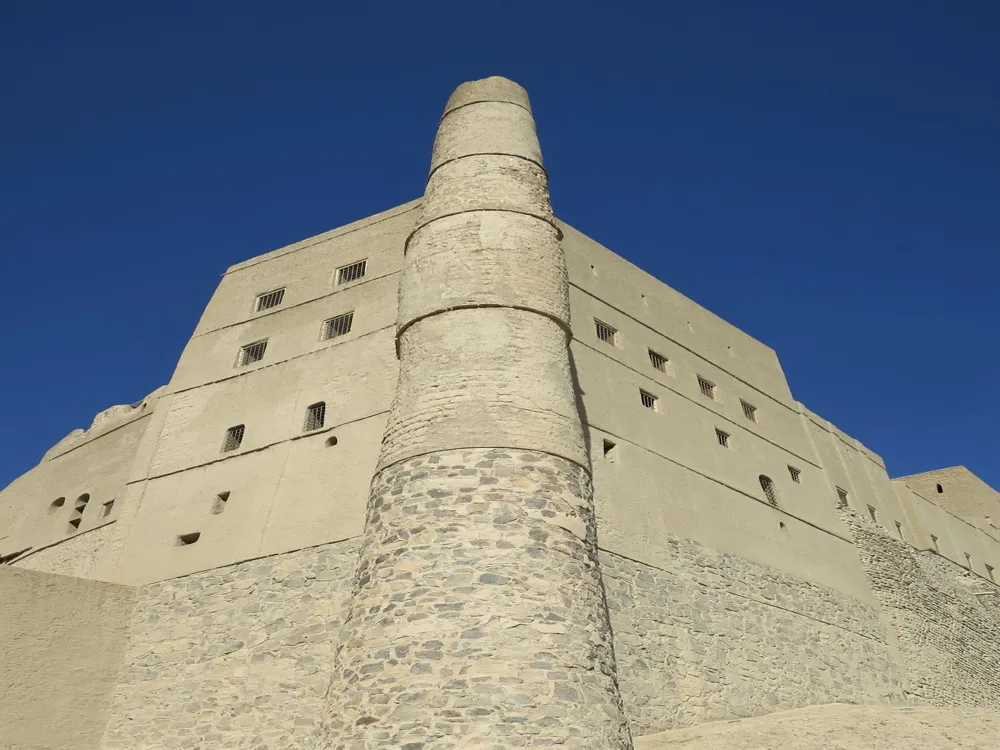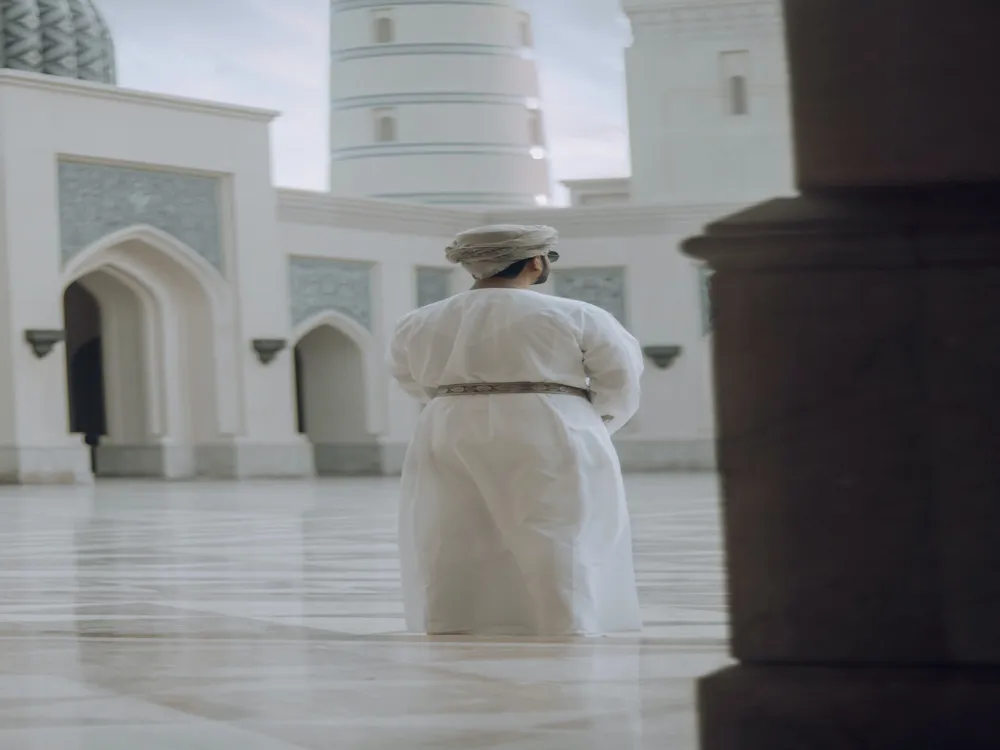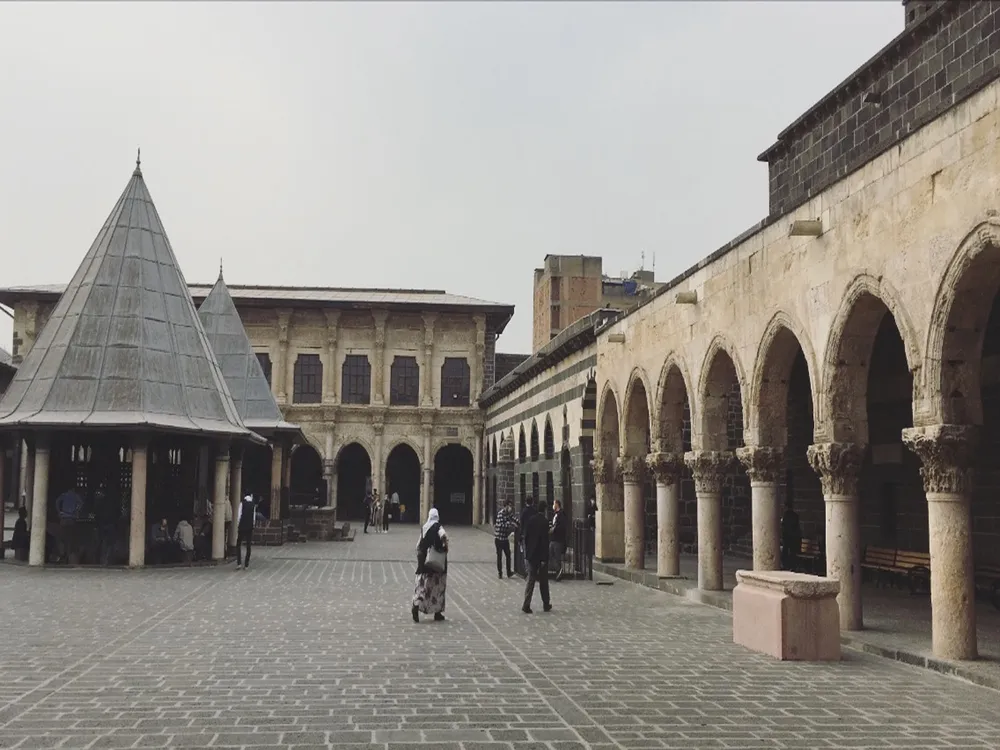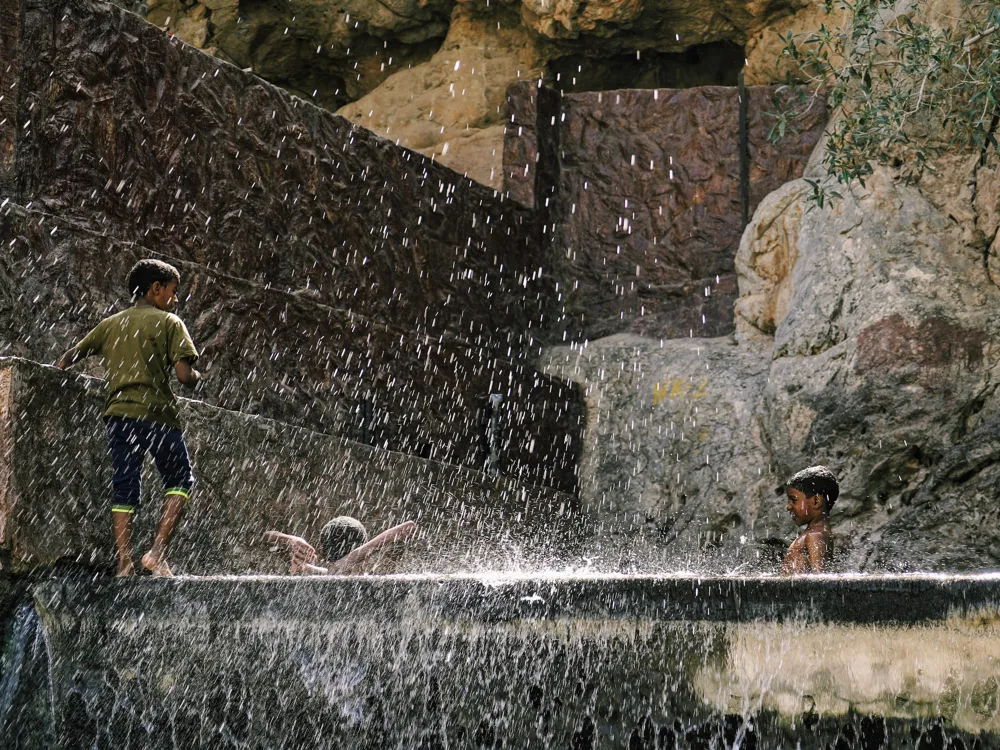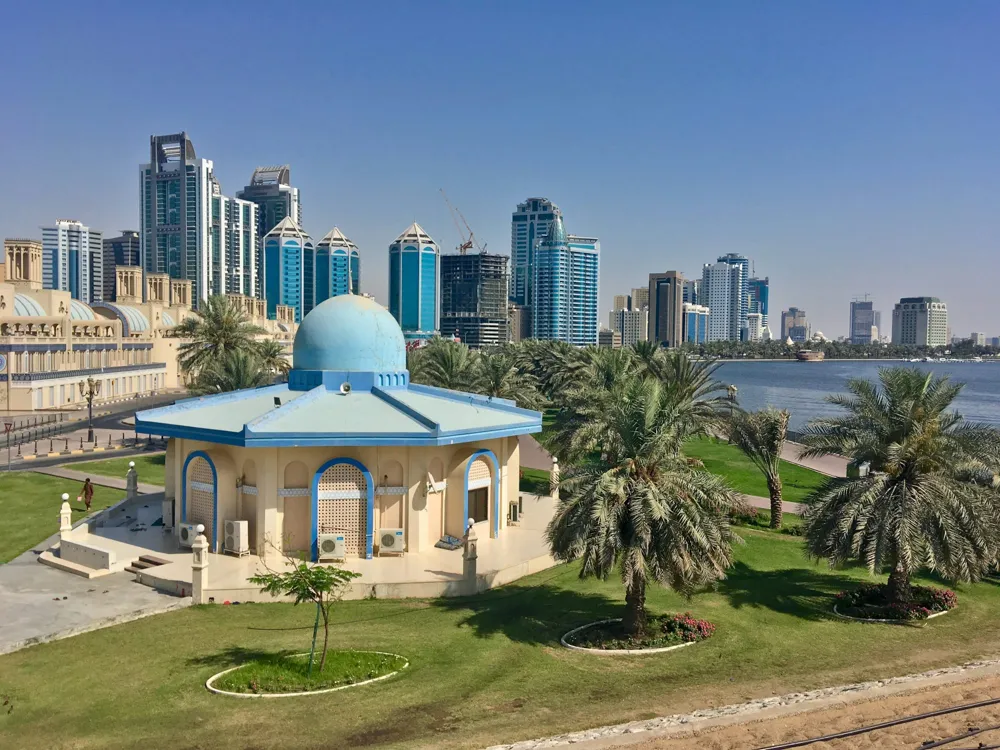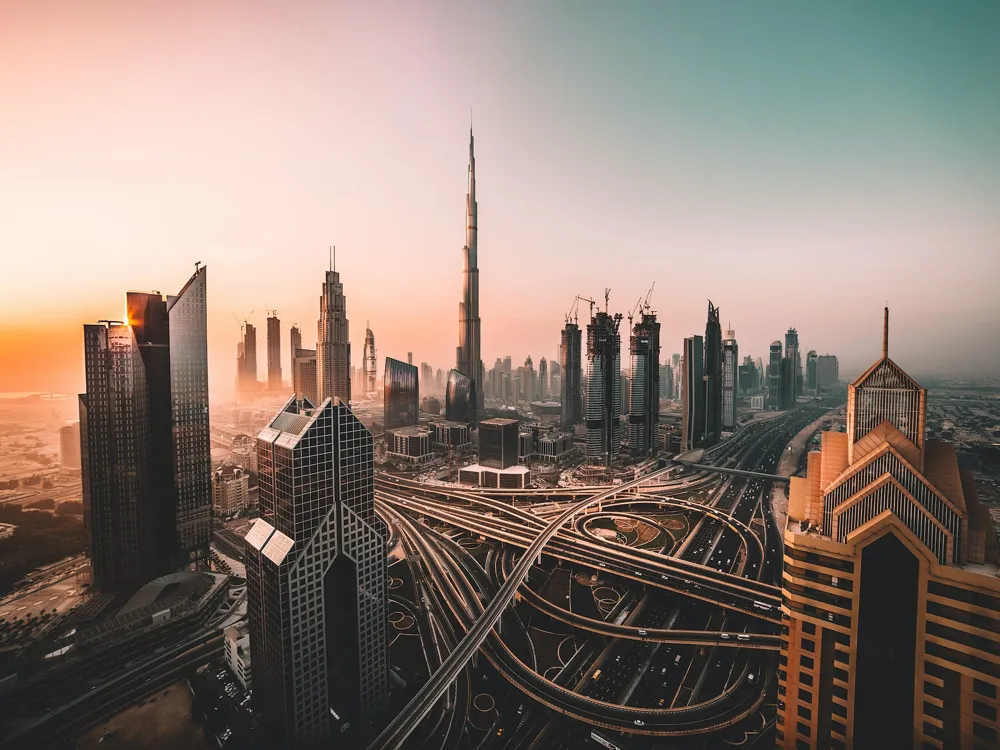Located in the heart of Muscat, Oman, Al Jalali Fort stands as a testament to the rich history and cultural heritage of the region. This iconic fortification, perched on a rocky outcrop overlooking the Gulf of Oman, has been a sentinel guarding the port city of Muscat for centuries. Originally built during the Portuguese occupation in the 16th century, Al Jalali Fort has undergone several transformations, evolving from a defensive stronghold to a museum showcasing Oman's illustrious past. Al Jalali Fort, also known as Ash Sharqiya Fort, was constructed to protect the harbor and the town from potential invasions. Its strategic location made it an ideal point for surveillance and defense. Over the years, the fort has witnessed many historical events and changes in power, from the Portuguese era to the reign of the Yaruba and Al Said dynasties. The fort's architecture is a blend of various influences, reflecting the diverse cultural and historical interactions in Oman. The fort's walls, towers, and internal structures exhibit a remarkable fusion of Arabian and Portuguese architectural styles. The fort's rugged exterior belies the intricacy of its internal layout, which includes a series of rooms, halls, and courtyards, each with its unique purpose and history. The fort also features an array of traditional Omani and Portuguese weaponry, offering a glimpse into the military history of the region. Today, Al Jalali Fort stands not only as a historical monument but also as a cultural hub, hosting various exhibitions and events that celebrate Omani heritage. Its transformation from a military fortress to a center for cultural exchange underscores the evolving identity of Oman, from a maritime power to a modern, progressive nation. The architecture of Al Jalali Fort is a mesmerizing blend of Omani and Portuguese design elements, reflecting the fort's storied past. The fort's structure, built primarily from local stone and wood, showcases the ingenuity and craftsmanship of its builders. Its formidable walls, which have withstood the test of time and nature, are a testament to the architectural prowess of the era. The fort's layout is strategically designed, with its towers and bastions positioned to provide maximum coverage of the surrounding areas. The fortification includes two primary towers, connected by a wall that encloses a series of rooms and courtyards. These structures were meticulously planned to serve various functions, from armories and barracks to administrative offices and living quarters. One of the most striking features of Al Jalali Fort is its intricate network of pathways and staircases. These not only served as functional elements for movement within the fort but also played a crucial role in its defense strategy. The narrow, winding staircases and hidden passages were designed to confuse and slow down potential invaders, giving the fort's defenders a tactical advantage. The interior of the fort is equally impressive, with its ornate arches, detailed carvings, and traditional Arabesque motifs. The blend of Arabian and Portuguese influences is evident in the decorative elements, from the geometric patterns on the walls to the ornamental ceilings. The fort's rooms and halls are adorned with historical artifacts, including traditional Omani weapons, armor, and other relics, further enriching the visitor's experience of this architectural marvel. Al Jalali Fort is best visited during the cooler months from October to April. During this period, the weather in Muscat is pleasant, making it ideal for exploring the fort and its surroundings. Visitors are advised to dress modestly, respecting the local culture and traditions. Comfortable walking shoes are recommended, as there are many steps and uneven surfaces within the fort. Consider joining a guided tour for a comprehensive understanding of the fort's history and architecture. Knowledgeable guides can provide insights that are not available in guidebooks. Photography is allowed, but it's advisable to ask for permission before taking photos of people or private property. Be mindful of the fort's rules regarding photography in certain areas. Be aware that the fort has many steps and steep areas, which may be challenging for visitors with mobility issues. There is no elevator or wheelchair access. Al Jalali Fort is located in Muscat, the capital city of Oman, and is easily accessible by various means of transportation. Visitors can opt for public transport, such as buses or taxis, which are readily available in Muscat. For those preferring to drive, there is parking available near the fort. Additionally, many tourists choose to visit Al Jalali Fort as part of a guided tour, which often includes transportation to and from the fort. It's important to note that Al Jalali Fort is situated in a sensitive security area, as it is close to the Sultan's palace. Therefore, visitors may need to obtain permission or join a guided tour to enter the fort. Checking the latest visitor information and entry requirements before planning your visit is advisable. Read More:Explore the Historic Al Jalali Fort in Muscat
The Architectural Marvel of Al Jalali Fort
Visitor's Guide to Al Jalali Fort
Useful Tips for an Enjoyable Visit
Best Time to Visit
Dress Code and Etiquette
Guided Tours
Photography
Accessibility
Getting to Al Jalali Fort
Al Jalali Fort
Muscat
₹ 49,000 onwards
View muscat Packages
Weather :
Tags : Forts & Palaces
Time Required : Less than 1 hour
Entry Fee : Entry strictly by permit
Planning a Trip? Ask Your Question
Muscat Travel Packages
View All Packages For Muscat
Top Hotel Collections for Muscat

Private Pool

Luxury Hotels

5-Star Hotels

Pet Friendly
Top Hotels Near Muscat
Other Top Ranking Places In Muscat
View All Places To Visit In muscat
View muscat Packages
Weather :
Tags : Forts & Palaces
Time Required : Less than 1 hour
Entry Fee : Entry strictly by permit
Planning a Trip? Ask Your Question
Muscat Travel Packages
View All Packages For Muscat
Top Hotel Collections for Muscat

Private Pool

Luxury Hotels

5-Star Hotels

Pet Friendly







